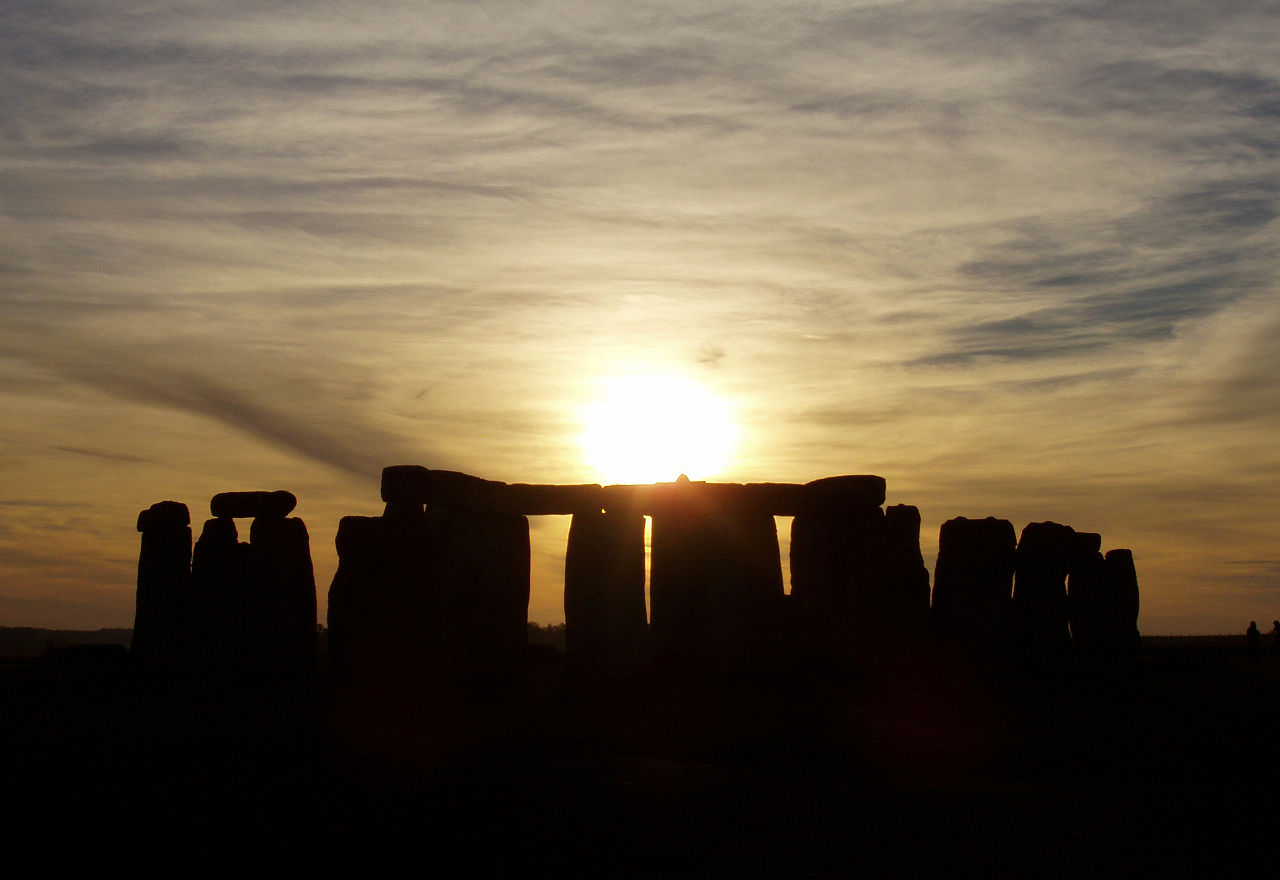
Here Comes the Sun: This Year’s December Solstice

The winter (for the northern hemisphere) solstice arrives at 9:59 am CST on December 21. That’s 10:59 EST, 8:59 MST, etc. As long as people in the northern hemisphere have been observing the annual cycle of the Sun’s apparent motion on the sky, they have noticed a slowing in its descent towards the southern horizon and an eventual stand-still (“solstice” is from the Latin solstitium or “Sun standing”). The solstice was a cause of celebration and reassurance that the Sun would return and life would again spring forth.
Because of Earth’s orbital eccentricity (Earth’s orbit is an ellipse) and the 23.4° inclination of Earth’s axis of rotation to the plane of its orbit, the dates of the earliest sunset and latest sunrise do not occur on the solstice. The solstice marks the mid-point of those two dates and is the date with the shortest daylight and longest night.

Take heart if you are not fan of short days and long, cold nights—Earth is actually a bit closer to the Sun near the date of the winter solstice and traveling faster along its orbit than other times of years. The result is that the seasons are not equal in length and winter is five days shorter than summer.
Image of Stonehenge by Jeffrey Pfau, CC BY-SA 3.0 http://creativecommons.org/licenses/by-sa/3.0/, via Wikimedia Commons.
